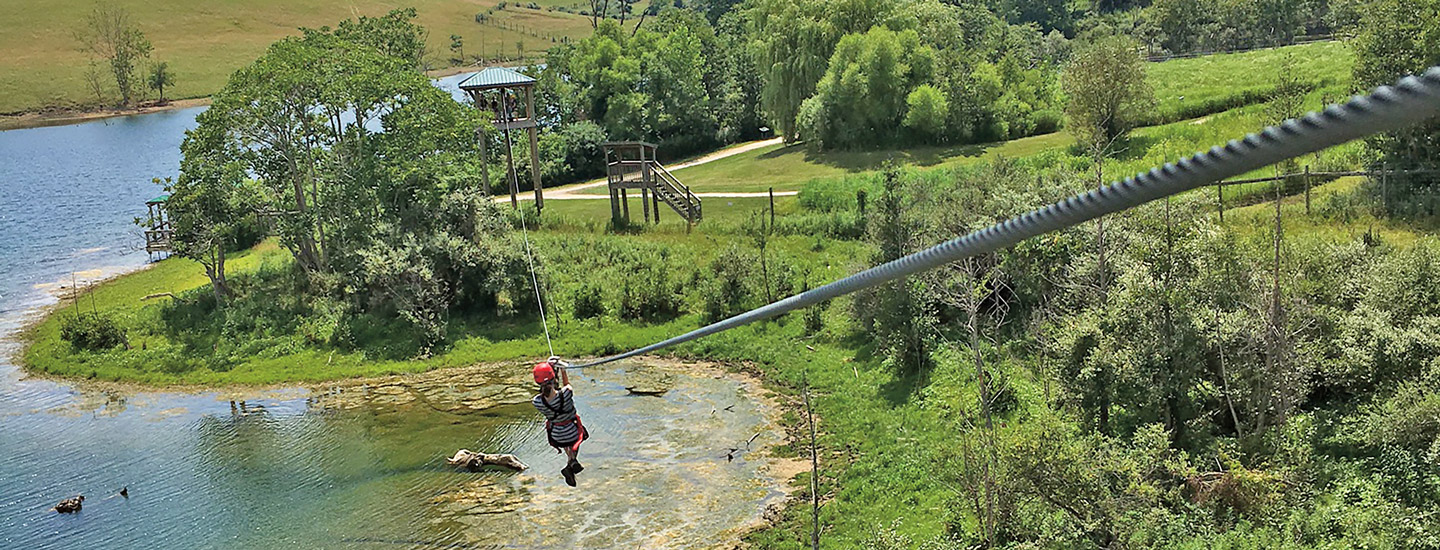Standing at the start of the Wild Zipline Safari in Cumberland, Ohio, I felt a little woozy. I was 7 meters (23 feet) above the ground. Thick cables stretched between tall towers in the hills below me. I was about to hang from those cables and zoom from tower to tower.
My guide attached my harness to a pulley system on the first cable. I took a deep breath and stepped off the tower. WHOOSH! I sped down the cable and began my journey.
I didn’t travel to Ohio just to zip. I also wanted to learn how zipline courses like this one are made. So I spoke to engineer Larry Gerstner. He designed the Wild Zipline Safari and several other courses in the area.
Standing at the start of the Wild Zipline Safari in Cumberland, Ohio, I felt a little woozy. I was 7 meters (23 feet) above the ground. In the hills below me, I could see tall towers. Thick cables stretched between them. I was about to hang from those cables. Then I’d zoom from tower to tower.
My guide clipped my harness to a pulley system on the first cable. I took a deep breath. Then I stepped off the tower. WHOOSH! I sped down the cable. My journey had begun.
But I didn’t travel to Ohio just to zip. I also wanted to learn how zipline courses like this one are made. So I spoke to Larry Gerstner. He’s an engineer. He designed the Wild Zipline Safari and several other courses in the area.

